THE LAMP BASE

CONFERENCE OF THE BIRDS, 2004. By Laurie Blum
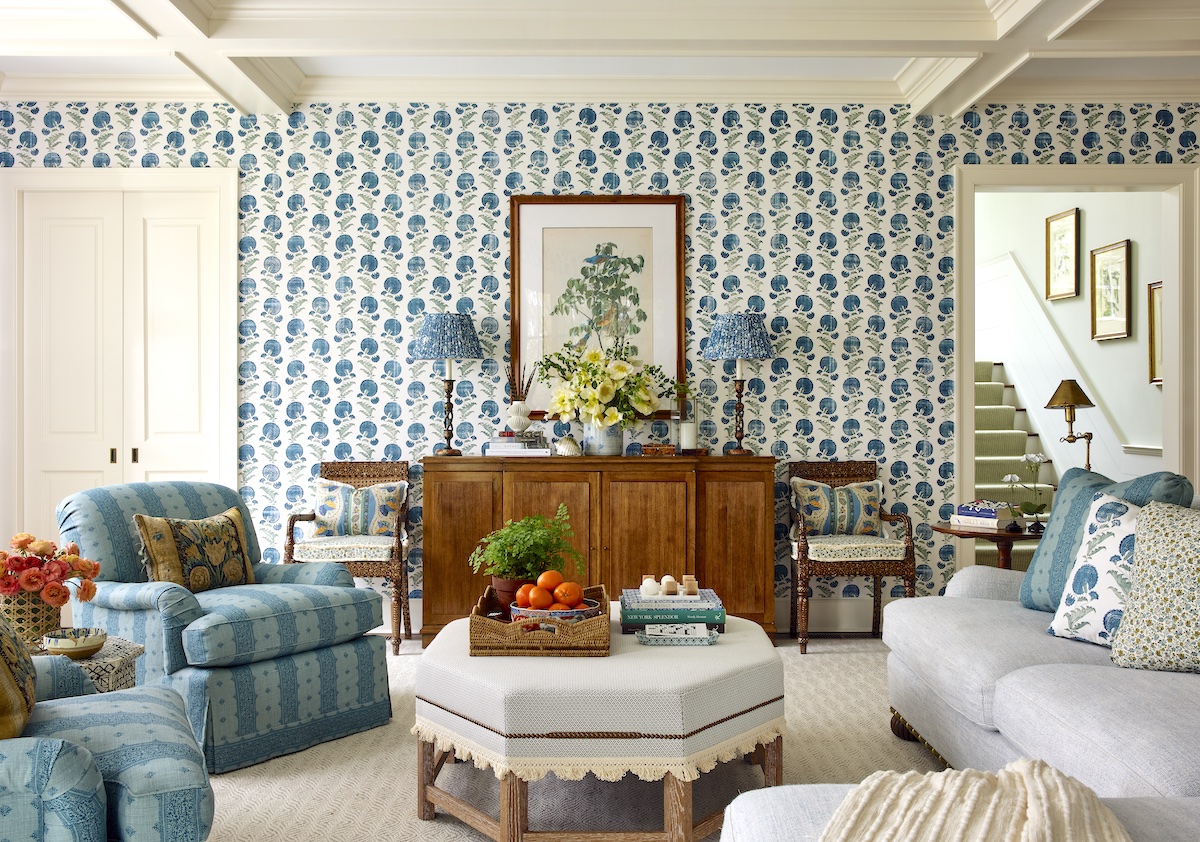
The lampshades in this living room are one of Stephanie Woodmansee's go-tos. Photo by Read McKendree

Sponsored by Currey & Company
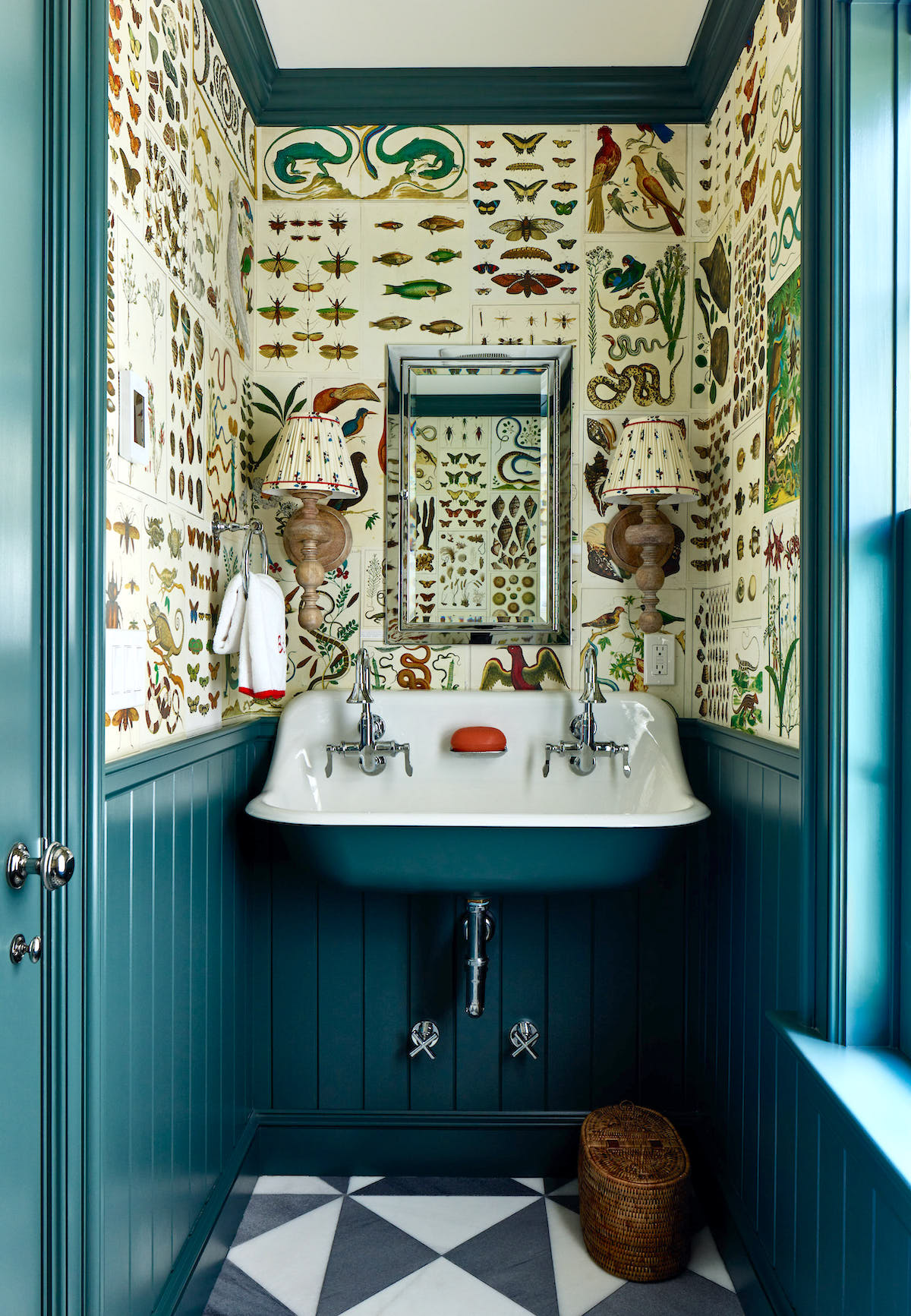
These shirred shades have a soutache braid at the top and bottom, and match the cafe curtain in the space. Stephanie Woodmansee loves using leftover fabrics from big upholstery pieces to make small shades. Photo by Read McKendree
THE LAMP BASE
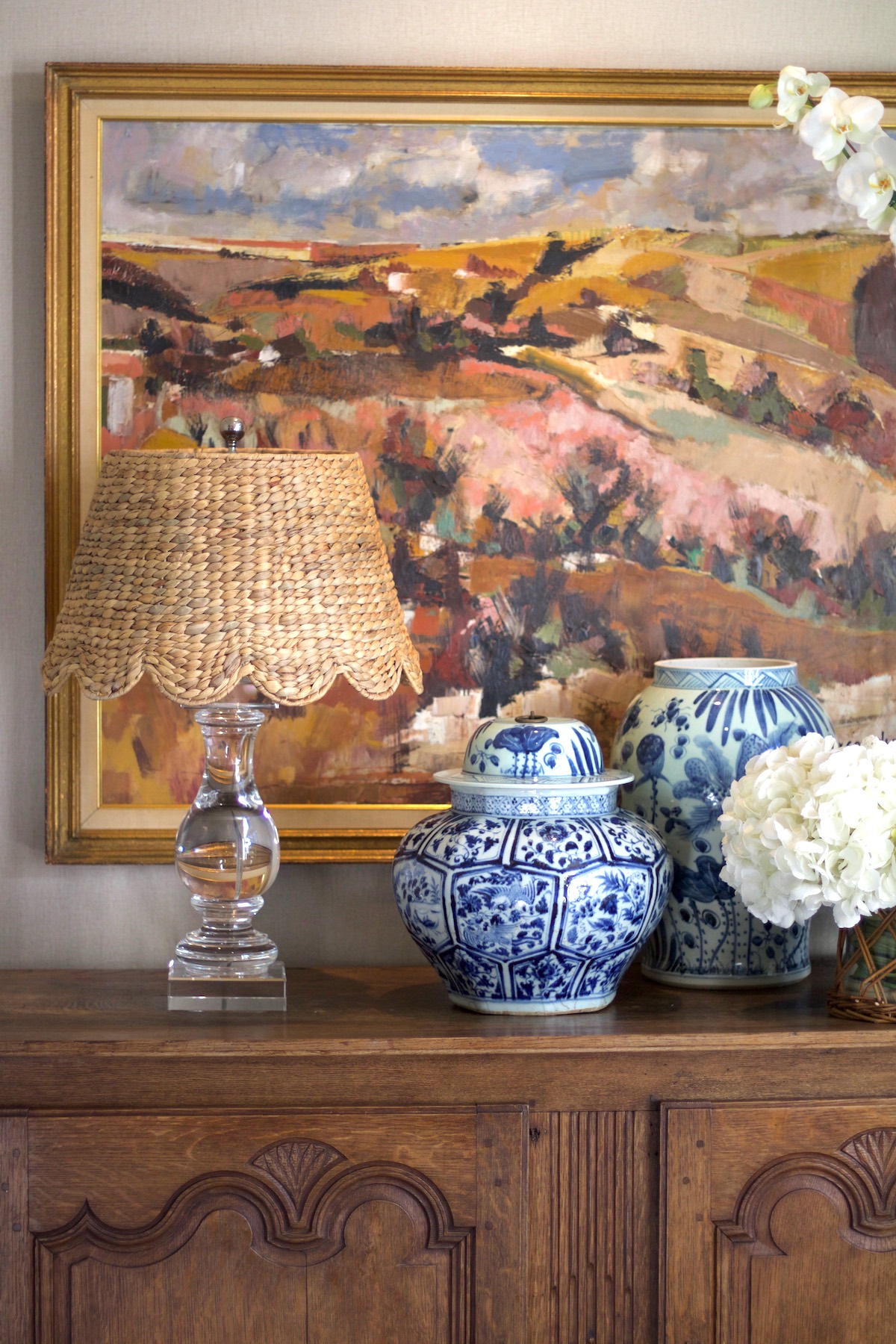
“I love a good empire shape, and from there, I often will add a scalloped edge,” says Suzanne Duin. Photo by Waverley Walla
FUNCTION AND LOCATION

When it comes to material, designer Suzanne Duin says you need to consider the elements surrounding the shade. In outdoor settings such as a loggia, woven shades do very well, as they are less affected by humidity. Photo by Waverley Walla
LAMPSHADE PROPORTION
When it comes to proportion, the size of the shade should coordinate with that of the base. “A good rule of thumb is that the shade should be twice as wide as the base of the lamp and one-third of the total height. And from there, I just go with what feels right to me,” says Suzanne. John adds, “Something that is often overlooked is the scale of the harp. I like the lampshade to rest just slightly above the top of the lamp, hiding all of the mechanics of the lamp.” Wondering how to determine the right fit? Have a measuring tape handy. “Always measure top, slope, and bottom, as well as the drop of the actual shade mechanism,” Stephanie advises. “Whether it’s a spider fitting, a candle clip, or a Euro ring.”
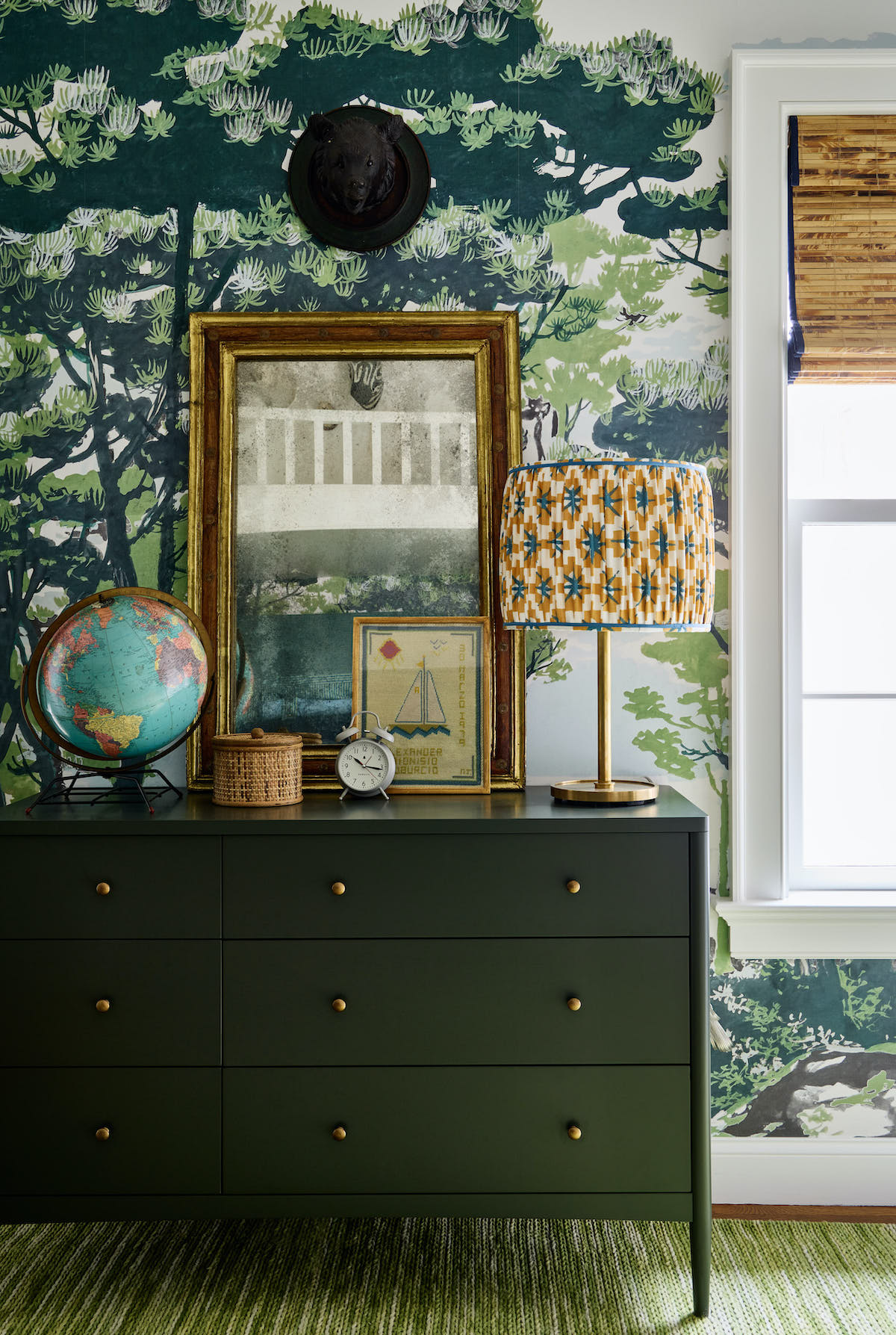
For this 'Where the Wild Things Are' inspired boys' bedroom, Stephanie Woodmansee had the lampshade covered with leftover Peter Dunham fabric with a soutache on top and bottom for detail. Other elements in the room include Rebel wallpaper, Crate & Barrel chest of drawers, and Smith & Noble Bamboo shade. Photo by Read McKendree
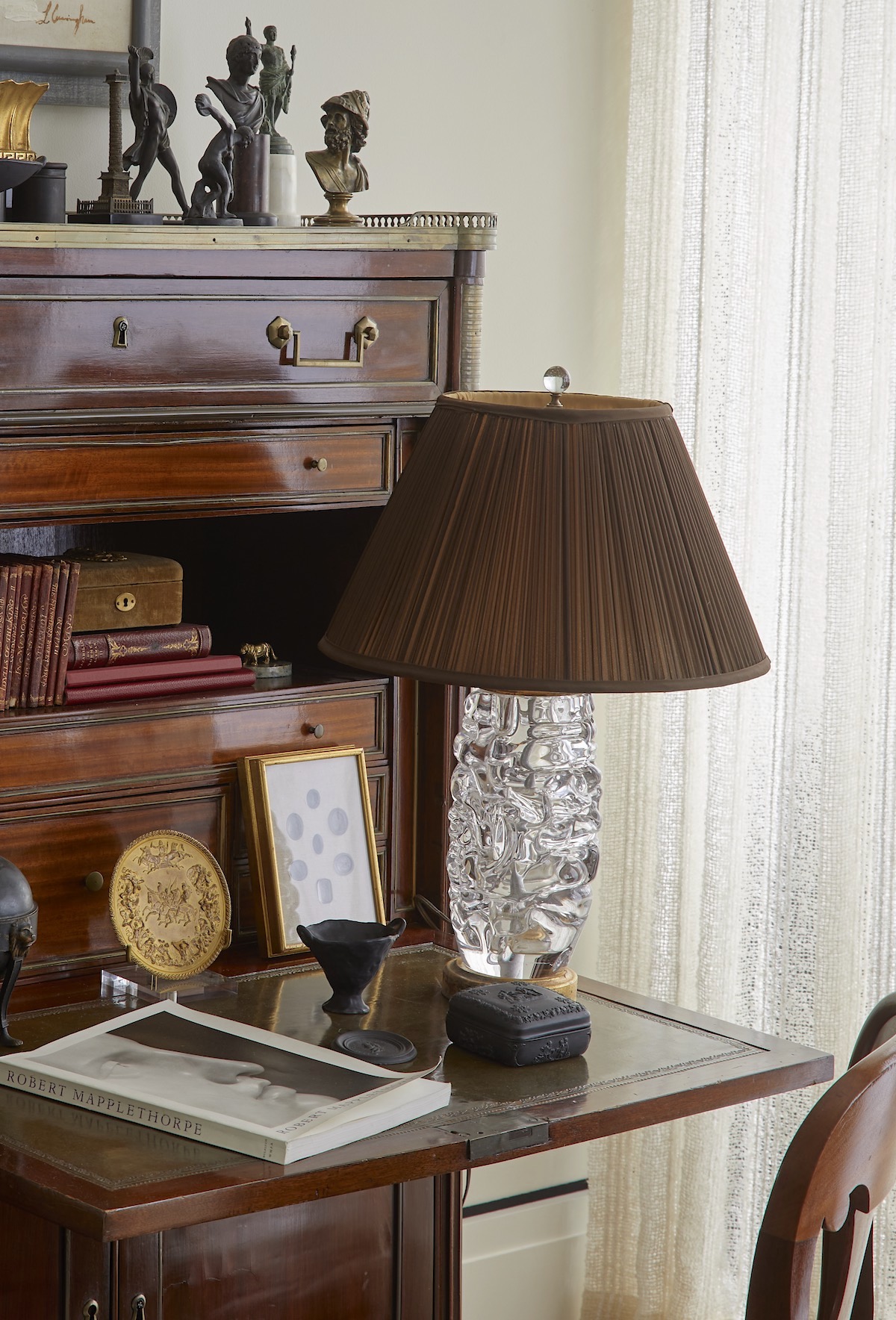
A neoclassical collection of bronze Grand Tour pieces rest atop a Louis XVI-style secretary. A sheer gathered chocolate silk lampshade adorns an austere rock crystal lamp base. The simplicity of the base pairs perfectly with the sheer, illuminating the collection softly. Photo by Francesco Lagnese/OTTO
MORE FROM THE DESIGN EXPERTS IN THIS FEATURE
John Bossard of John Bossard Interiors – Instagram: @johnbossard
Stephanie Woodmansee of Henry & Co. Design – Instagram: @henryandcodesign
Suzanne Duin of Maison Maison Design – Instagram: @maisonmaisondesign



